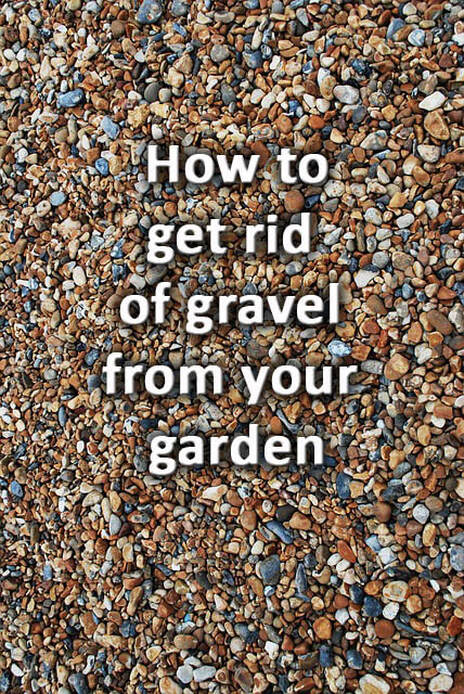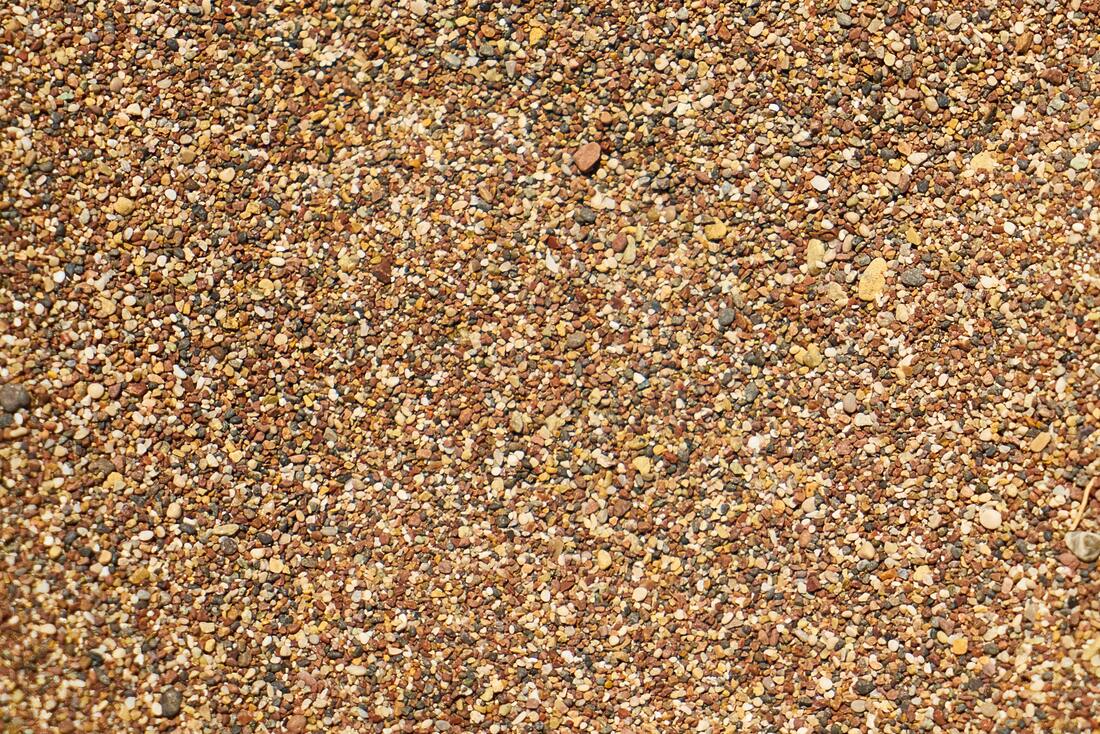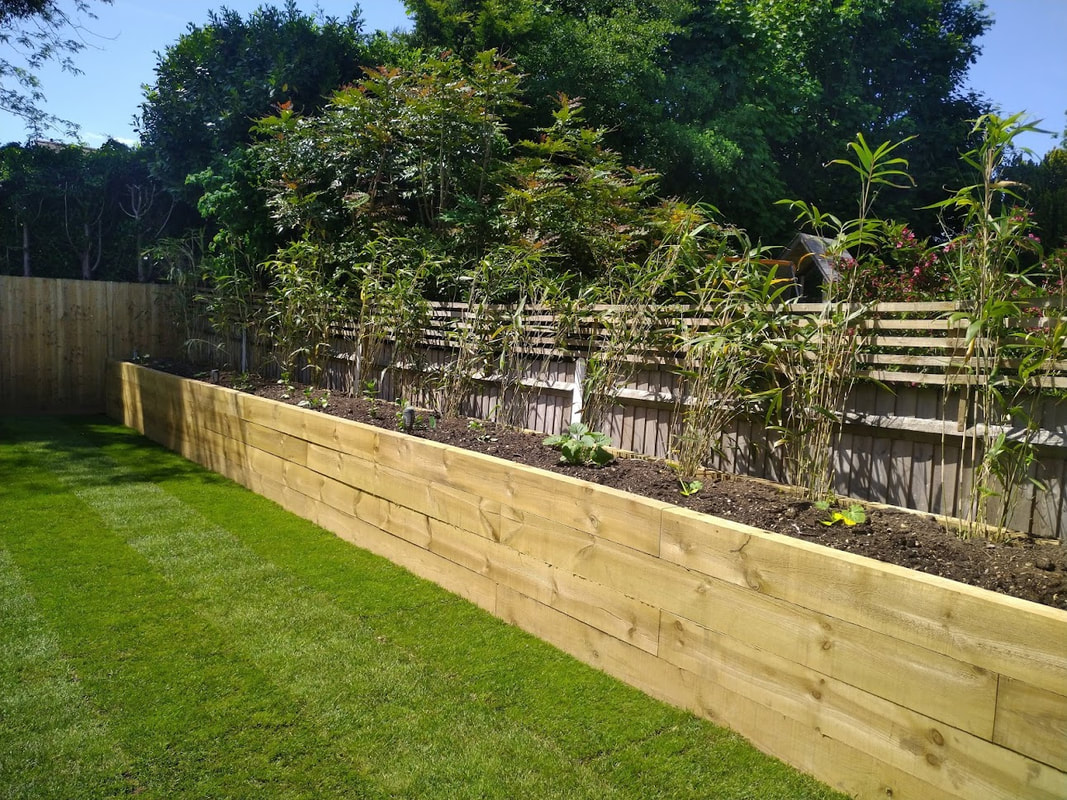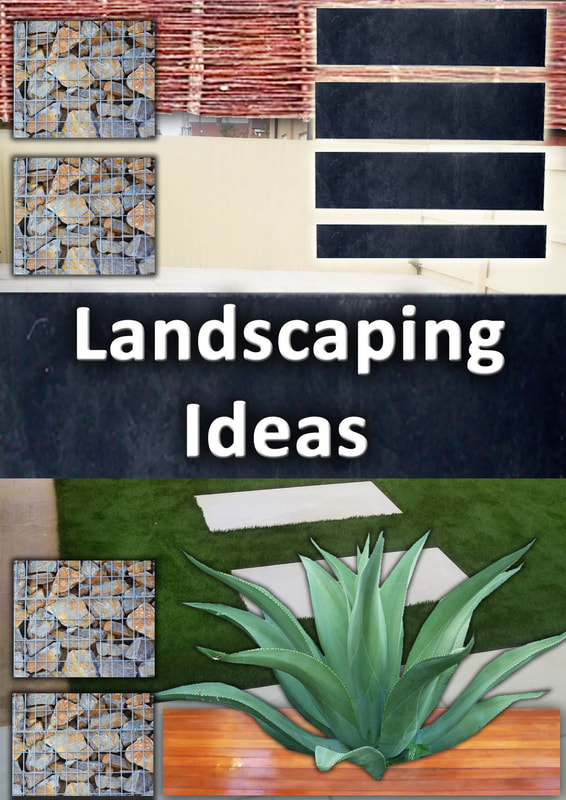|
This article contains affiliate links
Gravel can be an extremely effective way to surface expansive areas of ground quickly and affordably.
There are many varying size grades, materials and colours available on the market. However gravel is not always to everybody’s taste. Very often if gravel is installed poorly it can become overgrown with weeds and look untidy. Furthermore finely graded gravel can be walked around and scratch hardwood flooring and tiling. Gravel surfaces can also be difficult to clean and open to animal fowling.
Therefore it is no surprise that many choose to get rid of gravel surfaces from their garden. However this is not as easy and as affordable as many people realise.
Gravel spread at a shallow depth can amount to many tones of aggregate over a large area. Therefore the question is often asked; how do you get rid of gravel from your garden? There are a few ways this can be done and a few ways to recycle gravel on site. Here we will explain how to get rid of gravel from your garden and the options available to you. Working out how much gravel you have
One of the most important parts of getting rid of gravel is working out how much you have. Firstly you will have to work out the surface area of the gravel. This can be done by multiplying the length by the width in metres. This will then give you the amount of square metres you have. This number then has to be multiplied by the average depth of the gravel. It is important when doing this to get the decimal point in the correct place. For example if you have 20 square metres of gravel at 50mm the calculation will be:
Gathering up the gravelThe first step to getting rid of gravel in your garden is by gathering up the gravel. You will need two main pieces of equipment for this, a shovel and a wheelbarrow. The best shovel for scooping up gravel is a long handled shovel. This allows you to scoop up gravel without putting pressure on your lower back. The second most important tool is a robust, builder’s, wheelbarrow. This will allow you to cart the gravel to its new destination. You may want to hire a skip and wheel the gravel straight into it. For this you will need a suitable ramp which is traditionally a 4 metre long scaffold board. The best tools for shovelling gravel
Add it to concrete mixes
It is very often the case that gravel removal is normally accompanied by other garden projects. If you need to do concreting work such as foundations you can mix some gravel with the concrete. The best aggregates for this are non calcareous and graded at between 10-20mm. It is probably best to keep the ratio however to no more than 1 third of the mix. The base of raised beds
If you are building large raised beds above 400mm deep then you can add some gravel to the base. This is best done with finely graded aggregates and can help to add drainage to the beds. Raised beds are capable of absorbing surprisingly large quantities of gravel. Make sure loose gravel makes up no more than one quarter of the raised bed. Use it for drainage projects
If you have garden, drainage, issues, you might be able to kill two birds with one stone. Gravel is traditionally used to create drainage channels and soak away systems. However the gravel must be evenly graded particles of around 10mm. This will enable water to drain freely through the aggregates particles. However it is vital that the gravel is non calcareous as limestone based aggregates can slowly dissolve over time. Advertise it locally
As long as your gravel is relatively clean and free from contaminants someone else could use it. Therefore it is always worth advertising it on local sharing websites or social media. Make sure you take good photos of the quantity and quality of the gravel. Also you will have to state whether you can deliver or it has to be picked up. This method can be a little hit and miss but there are always people looking for free aggregates. Take it to the tip
You’re local authority skip will usually take gravel if it is bagged up in 25kg bags. However this is not a suitable option if you have a large amount. Your vehicle may not be suitable to carry heavy loads. This method can also be heavy work and could increase the risk of back injury. However if you have time and want to lose it over many weeks this is an affordable option. Skips
Skips are usually the most preferred and effective method of removing gravel from your garden. An 8 yard skip can usually take about 8 tonnes worth of gravel. These typically cost around £300 to hire and can be filled with a skip loader. However if you fancy some exercise you can fill your skip with a wheelbarrow and ramp. Hire ground workers
If you have a large amount of gravel to get rid of, it may be worth hiring contractors. Experienced ground workers and landscapers can take care of everything from excavation to waste disposal. This can take away the quantifying, hard labour, logistics and hassle out of the project. Consequently this can leave you more time and energy to spend on something more enjoyable.
Thank you for reading our article on how to get rid of gravel from your garden. If you are planning your very own landscaping project why not visit our resource page. Alternatively visit our essential landscaping tools and their uses article here.
'As an Amazon associate I earn from qualifying purchases'
1 Comment
11/28/2022 09:15:29 pm
Thank you for pointing out that gravel may be a remarkably cost-effective and rapid solution to covering large expanses of ground. My spouse has expressed a desire to update the landscaping. I'll advise him to go to the decorative pebble shop in order for him to obtain the gravel.
Reply
Leave a Reply. |
The Author
|
Landscaping services across Buckinghamshire, Amersham, Aylesbury & High Wycombe
Hyde Heath, Amersham, Buckinghamshire |
|








